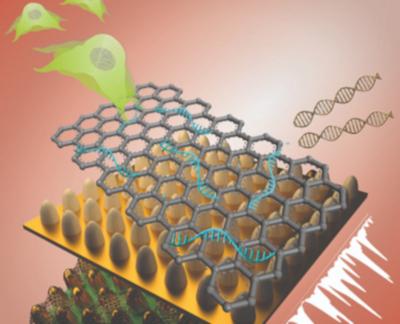Texas State scientists design graphene-based antennae for NASA space programs
Associate professor of engineering at Texas State University,Dr. Maggie Chen, has been researching and studying durable, flexible electronic circuits in hopes of creating new antennas for NASA space travel programs. Chen’s work is expected to eventually replace the common use of silver materials in antennas. Ideally, Chen’s 3D-printed antennas would use graphene.
With the antennas, our goal is to reduce the volume and weight of the antennas and to provide and implement a more efficient approach to the use of antennas in space, Chen said. The idea is we roll the antennas up, launch a satellite into space and pop them back out when in space so they can communicate with the stations on the ground.




